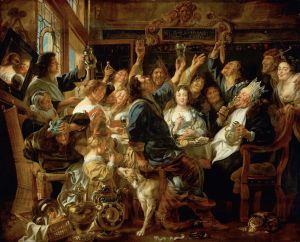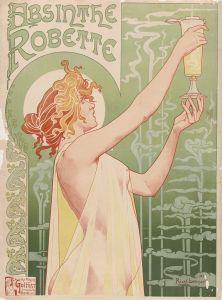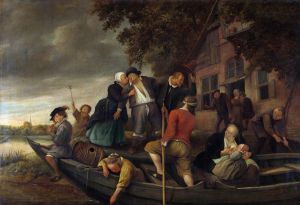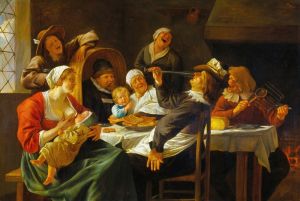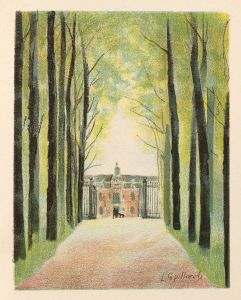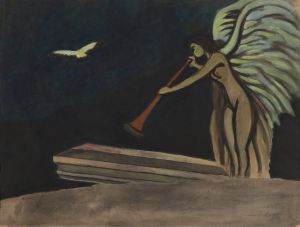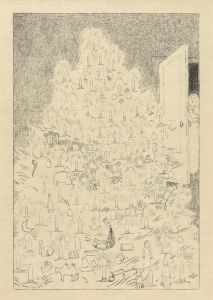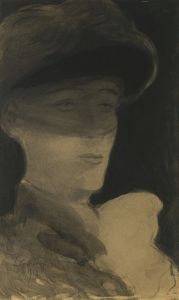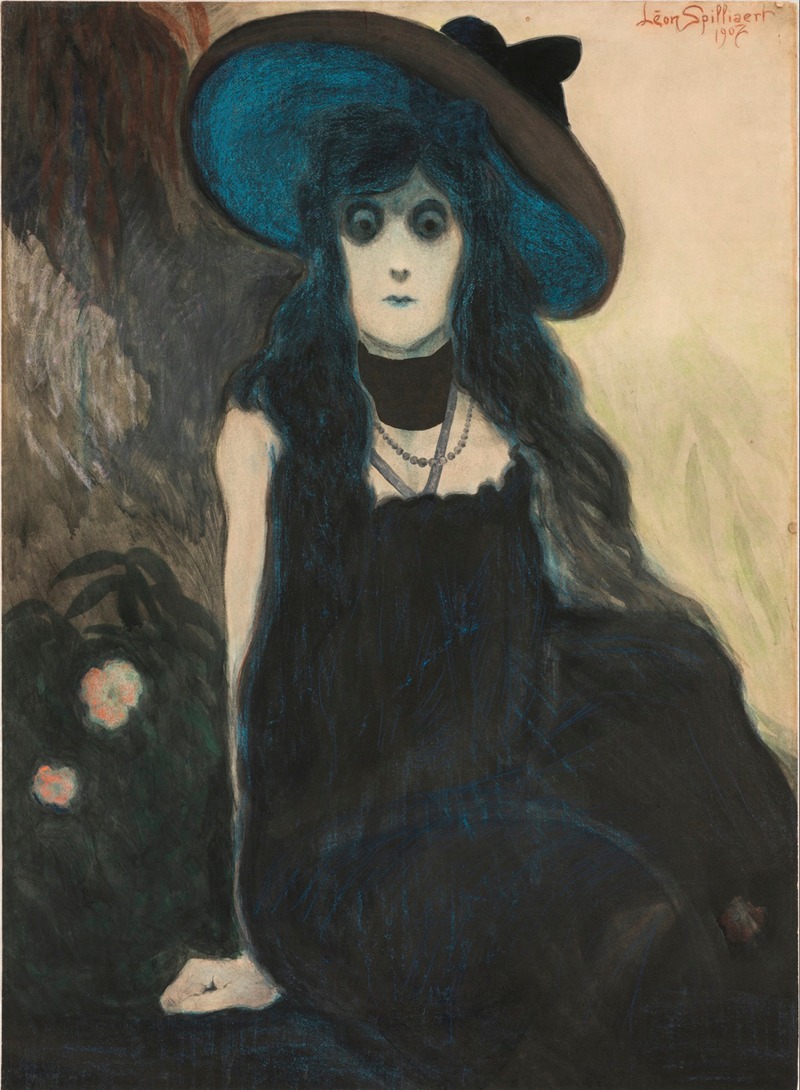
The Absinth Drinker
A hand-painted replica of Léon Spilliaert’s masterpiece The Absinth Drinker, meticulously crafted by professional artists to capture the true essence of the original. Each piece is created with museum-quality canvas and rare mineral pigments, carefully painted by experienced artists with delicate brushstrokes and rich, layered colors to perfectly recreate the texture of the original artwork. Unlike machine-printed reproductions, this hand-painted version brings the painting to life, infused with the artist’s emotions and skill in every stroke. Whether for personal collection or home decoration, it instantly elevates the artistic atmosphere of any space.
Léon Spilliaert's The Absinth Drinker is a painting created in 1907 by the Belgian symbolist artist. Spilliaert, known for his introspective and often somber works, frequently explored themes of solitude, existential reflection, and the human condition. This particular painting is an example of his unique style, which combines elements of symbolism and expressionism.
The artwork depicts a solitary figure seated at a table, holding a glass of absinthe. The scene is characterized by a stark, almost oppressive atmosphere, with the figure appearing isolated and introspective. Spilliaert's use of muted tones and sharp contrasts enhances the mood of melancholy and detachment. The composition is minimalist, with the focus placed squarely on the figure and the glass, emphasizing the psychological and emotional weight of the moment.
Spilliaert often worked with a limited palette, and in The Absinth Drinker, he employs shades of black, gray, and muted colors to create a sense of depth and tension. The figure's elongated features and the distorted perspective are hallmarks of Spilliaert's style, reflecting his interest in the inner world of his subjects rather than their external reality.
The painting is often associated with the broader cultural context of absinthe consumption in the late 19th and early 20th centuries. Absinthe, a highly potent alcoholic beverage, was both celebrated and controversial during this period. It was associated with bohemian lifestyles, artistic creativity, and, at times, social decay. While Spilliaert's work does not explicitly comment on these associations, the choice of subject matter aligns with the era's fascination with absinthe and its effects.
Léon Spilliaert was largely self-taught and drew inspiration from a variety of sources, including literature, philosophy, and the works of other artists such as Edvard Munch and Odilon Redon. His art often reflects a deeply personal and introspective approach, and The Absinth Drinker is no exception. The painting captures a moment of quiet introspection, inviting viewers to contemplate the emotional and psychological state of the figure.
Today, The Absinth Drinker is recognized as a significant example of Spilliaert's work and is appreciated for its evocative portrayal of solitude and introspection. The painting is held in a private collection and continues to be studied and admired for its artistic and historical significance.





